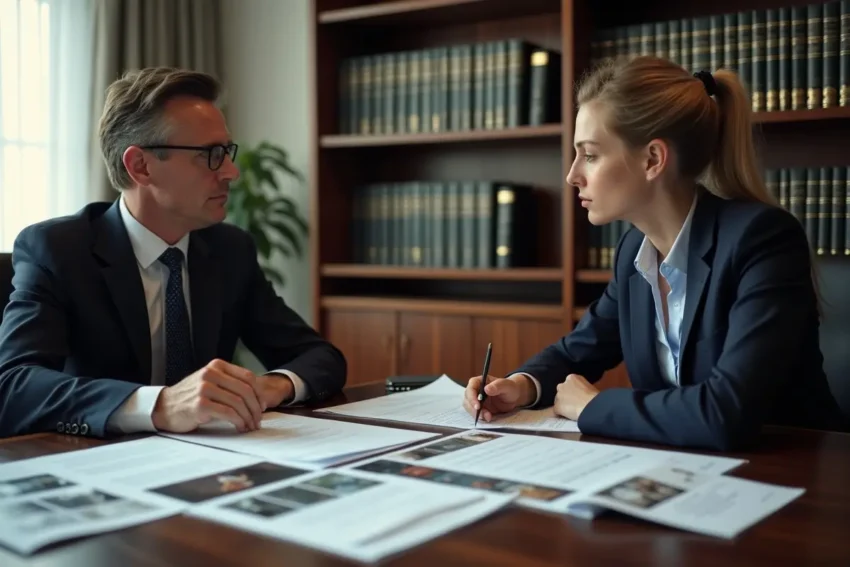Slip and fall accidents are among the most common personal injury claims in the United States. While some result in minor bruises, others can lead to serious injuries such as fractures, spinal cord damage, or traumatic brain injuries. Evaluating a slip and fall case requires a careful analysis of the circumstances, liability, and damages involved.
Understanding the legal steps and key considerations can help injury victims and legal professionals determine the strength of a claim and the best path forward. Read on.
Establishing Liability
The first and most crucial step in evaluating a slip and fall case is determining liability. Property owners, whether private individuals, businesses, or government entities, have a legal duty to maintain reasonably safe premises for visitors. To hold a property owner liable, the injured party (plaintiff) must prove that:
A dangerous condition existed on the property. The property owner knew or should have known about the condition.
The property owner failed to address or warn about the hazard. This negligence directly caused the plaintiff’s injury.
Examples of dangerous conditions include wet floors, uneven pavement, poor lighting, or debris in walkways. A critical part of liability is showing that the property owner had “constructive knowledge” of the hazard-meaning they should have discovered it through regular inspections.
Collecting Evidence
Solid evidence is vital in supporting a slip and fall claim. This includes:
Photographs or videos of the scene and hazard. Incident reports from the property owner or business.
Medical records linking the injury to the fall. Witness statements confirming the condition and the fall. Surveillance footage, if available.
In some cases, expert testimony from safety inspectors or medical professionals may be required to establish the standard of care and the extent of the injury.
Comparative Negligence
Many states follow a comparative negligence rule, which can impact compensation. If the injured person was partially at fault-such as by ignoring warning signs or being distracted-they may still recover damages, but the award may be reduced in proportion to their level of fault.
In “pure” comparative negligence states, even someone 90% at fault could potentially recover 10% of the damages. However, in “modified” comparative negligence jurisdictions, a claimant may be barred from recovery if they are found to be 50% or more at fault.
Statute of Limitations
Timing is another important factor. Each state has a statute of limitations for personal injury claims-usually between one and three years from the date of the accident. Failing to file within this period can result in the loss of the right to sue.
Seeking Legal Help
Given the complexity of these cases, consulting with a personal injury attorney is often essential. Lawyers can assess the strength of the claim, handle negotiations with insurance companies, and represent clients in court if necessary. Having attorneys specializing in store slip accidents can greatly benefit your case.
Get Justice From a Slip and Fall
Evaluating a slip and fall case involves more than simply identifying an injury. It requires establishing liability, collecting evidence, understanding state laws, and assessing the injured party’s role in the incident. With careful legal analysis and the right representation, injured individuals can seek fair compensation and hold negligent parties accountable.
If you want to read more articles, visit our blog.

